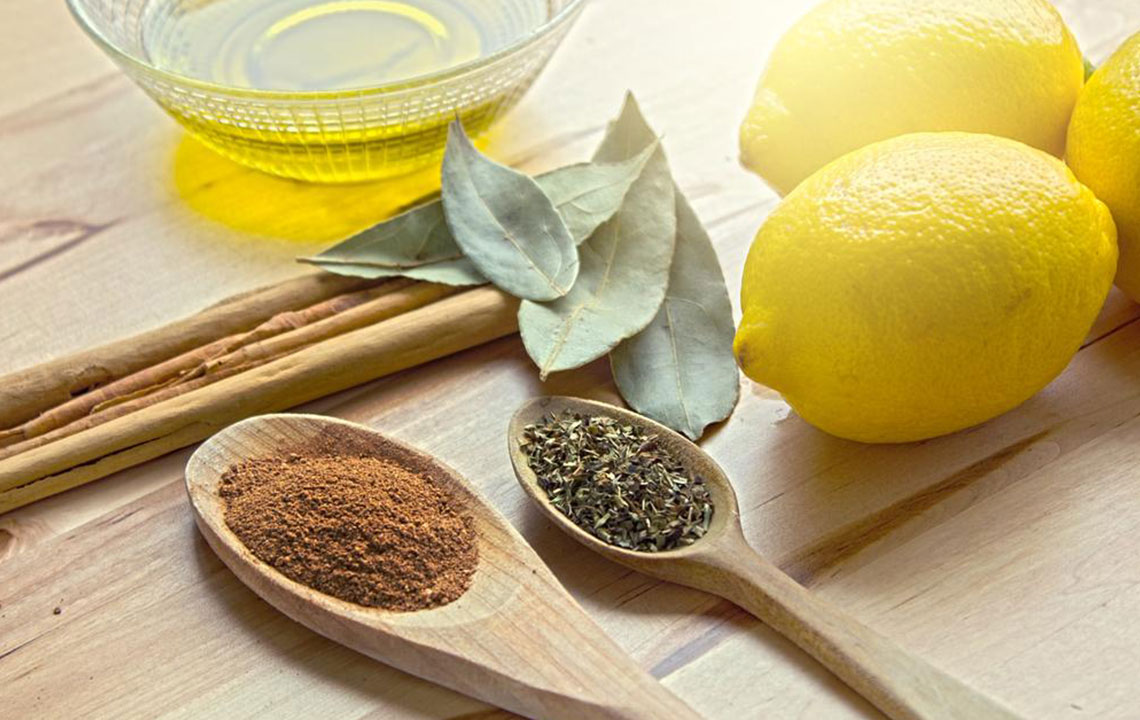Natural Treatment For Overall Health of Your Gums

Gum disease is common and results in painful, inflamed, and swollen gums. The early stages of gum disease are called gingivitis. If gum disease isn’t tackled in early stages, then it progresses to periodontitis.
The most common gum diseases are called by bacterial infections, that can spread and destroy the gums, and the tissue surrounding the teeth. The bacteria forms plaques around the teeth and gums. If this plaque isn’t removed, it can harden and form tartar. Most early cases of plaque buildup and gingivitis can be treated on your own. Natural treatment for gum disease is a great way to save yourself time, money, and pain of seeing a dentist. Natural treatment for gum disease includes maintaining good oral hygiene and overall health.
Symptoms of gum disease
Healthy gums are pink, fit securely around the teeth, do not bleed when you touch or brush them, and are not painful or inflamed. In some cases, the initial stages of gum disease are not painful, and there may be no recognizable symptoms. Eventually, as the disease progresses, the symptoms can worsen.
The early stage of gum disease or gingivitis has fewer symptoms, and these tend to be nonspecific and vague. The most common early symptoms of gum disease are:
- Redness or purple discoloration of the gums
- Swelling
- Bleeding gums while brushing, eating, or on touching the gums.
- Painful gums
- Bad breath ( halitosis )
Natural treatment for gum disease is best initiated during early stages, to halt the progression into a more severe form of gum disease, i.e, periodontitis .
The symptoms of advanced gum disease or periodontitis are:
- An unpleasant taste in the mouth
- Bad breath (halitosis)
- Loose teeth
- Difficulty chewing food
- Gum abscesses (collection of pus)
- Receding gums, which make the teeth appear longer.
- Deep pockets between the gums and teeth.
Periodontitis can cause inflammation in the rest of the body and increases the risk of myocardial infarction, stroke, and atherosclerosis. Hence, it is very important to implement natural treatment for gum disease as soon as possible.
Cause of Gum Diseases
The most common cause of gum disease is poor dental hygiene. Not brushing or flossing your teeth regularly, increases your chances of developing gum disease. Poor oral hygiene can lead to an accumulation of bacteria in the mouth, that leads to the formation of plaque and tartar, Plaque and tartar are responsible for causing gum inflammation. A diet that’s heavy on carbonated drinks and sugar can increase plaque buildup. Other factors that increase your risk of developing gum disease are—smoking, obesity, age, malnutrition, diabetes, and stress. Genetic factors also play a contributing role in gum disease.
Natural Treatment For Gum Disease
If you suspect that you have gum disease, consult a dentist immediately. The earlier you initiate medical or natural treatment for gum disease, the better.
Natural treatment for gum disease include:
Oil Pulling
Oil pulling has been proven to prevent and remove plaque buildup in the mouth. Make sure to use 100% pure and organic coconut oil for oil pulling.
Aloe Vera
Aloe vera is a great natural treatment for gum disease since it has anti-inflammatory and healing qualities. If possible you should get aloe vera gel straight from the plant. Aloe vera combats ulcers and bad breath. You can massage aloe vera on your gums, or gargle with aloe vera juice.
Vitamin C
Make sure to consume enough vitamin C in your diet. Vitamin C deficiency can cause bleeding gums, called scurvy. This increases your risk of developing infections and inflammation. Vitamin C helps to boost the immune system and helps in tissue regeneration. Vitamin C improves bone health and tissue repair around the teeth and gums. It is also a potent antioxidant which impairs bacterial growth.
Tea Tree Oil
Tea tree oil is a natural antibacterial and anti-inflammatory agent which makes it a good natural treatment for gum disease. It helps to soothe irritated gums and prevent the spread of bacterial infections. You can buy toothpaste with tea tree oil as an ingredient, or swish a few drops of diluted tea tree oil in your mouth. Be careful not to swallow the oil.
Dietary and Lifestyle Changes
Eat a balanced diet rich in fish, fruits, and vegetables. Avoid sugary food and drinks as much as possible. Quitting smoking is the best way to prevent gum disease. Make sure that you maintain good oral hygiene; brush correctly, at least twice a day, and don’t forget to floss. A tongue cleaner is also good for maintaining oral health.
Gum disease is often more serious than you think. Visit a dentist regularly to keep gum disease at bay. Natural treatment for gum disease is a perfect way to keep your mouth, as well as the rest of your body, healthy and happy.
In addition to these natural remedies, one can also use supplements. Dentitox Pro drops help improve one’s teeth and gum health. The drops contain an all-natural formula made from plants. Regular use of these drops can help in strengthening gums and teeth, decreasing the risk of infection, and eliminating tartar and plaque. For best results, use six drops once daily after you’ve brushed your teeth in the morning.


